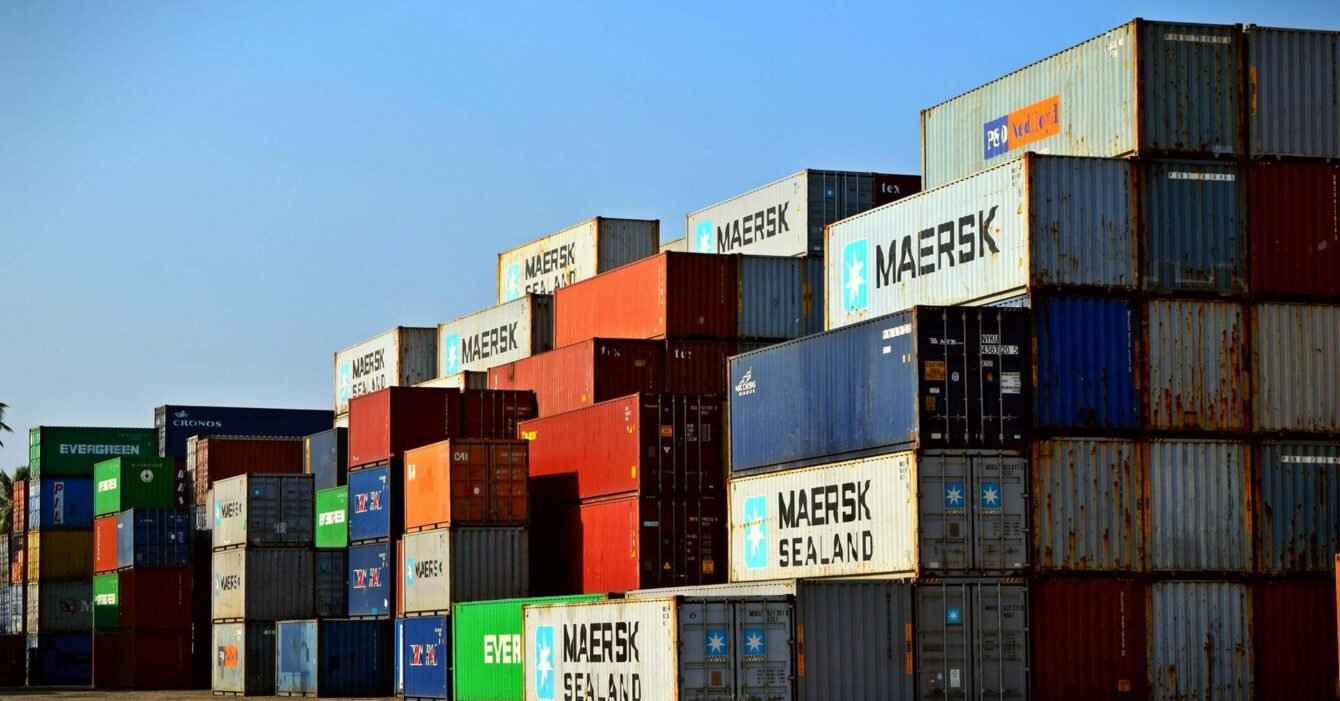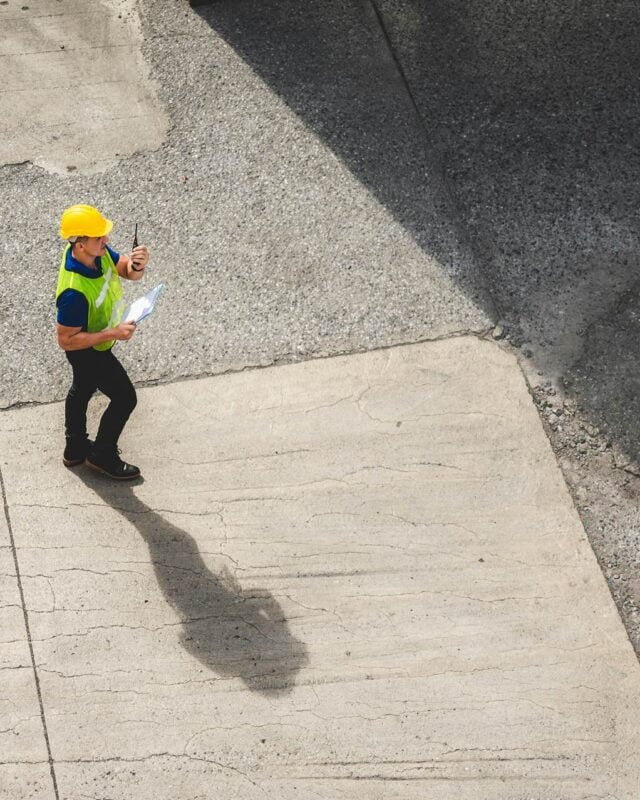With the ongoing surge in transportation costs, businesses in Saudi Arabia are turning to digital solutions to enhance logistics efficiency. These tools, which include real-time tracking, automation, and advanced monitoring systems, are essential for minimizing costs and optimizing supply chain performance. The adoption of digital logistics management is becoming increasingly critical in Saudi Arabia’s evolving logistics landscape, where efficiency and cost control are paramount.
Real-Time Tracking: Enhancing Visibility and Reducing Costs
Real-time tracking is one of the most transformative aspects of digital logistics management. Using IoT devices like GPS trackers and RFID tags, companies can monitor shipments throughout the entire supply chain. This enhanced visibility helps minimize delays and disruptions, enabling businesses to adjust routes or schedules as needed.
In Q2 2024, logistics costs surged significantly, with UPS reporting that 74% of shippers expected outsourcing expenses to rise by 5% to 10%. Real-time tracking offers a solution to these escalating costs. By providing up-to-date information on shipment locations, companies can avoid unnecessary delays, reroute shipments efficiently, and ensure timely deliveries—ultimately reducing overall logistics costs. With freight rates on key routes, such as from Asia to Northern Europe, spiking by 173%, the need for real-time visibility has never been greater.
Automation: Streamlining Operations for Maximum Efficiency

Automation is another key tool in digital logistics management. In Saudi Arabia, logistics operations are becoming increasingly reliant on automated systems to handle everything from inventory management to warehouse operations. Automation not only speeds up processes but also reduces human errors, leading to greater efficiency and cost savings.
The surge in transportation costs, driven by factors like labor strikes, manufacturing slowdowns, and disruptions in Middle Eastern shipping routes, has pushed companies to explore automation as a way to maintain profitability. Carriers have been tacking on surcharges as high as $2,700 per container, and automation helps mitigate these expenses by optimizing operational workflows and reducing dependency on manual labor. Automated systems also allow for better demand forecasting and more efficient resource allocation, helping companies avoid unnecessary expenses.
Reducing Costs with Predictive Analytics and Monitoring
Advanced monitoring systems and predictive analytics are vital tools for reducing transportation costs. The ability to predict potential disruptions and adjust logistics plans in real-time can prevent costly delays and damaged goods. On average, product damages cost businesses $0.60 for every $1,000 of goods transported. By integrating predictive analytics into their logistics operations, companies in Saudi Arabia can reduce this figure and optimize their inventory management.
In the first nine months of 2023, supply chains across the EMEA region faced significant disruptions due to a sharp rise in cargo crime. According to the Transported Asset Protection Association (TAPA) EMEA, 49,366 criminal attacks on supply chains were recorded across 67 countries during this period. Although only 4.4% of these incidents had a reported loss value, they resulted in a staggering total of $584,303,700 (€552,199,741). The average daily loss over nine months stood at $1,933,127 (€1,828,475).
Real-time tracking systems help mitigate such losses by providing constant visibility into shipments, allowing businesses to monitor their cargo and take preventive measures. With losses reaching into the millions for some incidents, investing in enhanced tracking and monitoring systems becomes crucial for protecting against these financial risks.
Real-Time Tracking & Monitoring: A Game-Changing Investment
Real-time tracking and monitoring technologies are more than just an operational expense—they are an investment in long-term efficiency. By adopting digital logistics management solutions, companies in Saudi Arabia can not only improve visibility and reduce costs but also gain a competitive edge in the market. Businesses that leverage IoT for real-time tracking, along with AI for predictive analytics and route optimization, can expect to see significant cost savings and operational improvements.
With logistics costs rising rapidly and freight surcharges mounting, the benefits of digital tools far outweigh the initial investment. Companies that embrace these technologies can mitigate the challenges of rising transportation costs while maintaining customer satisfaction through timely deliveries and better service.




